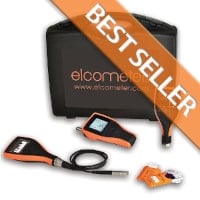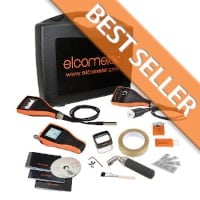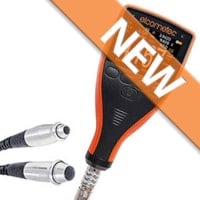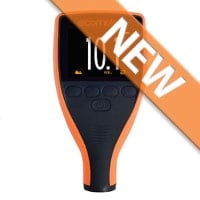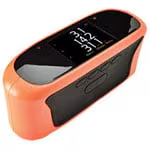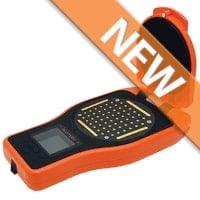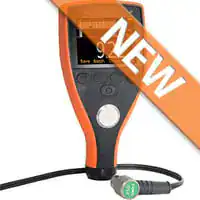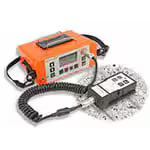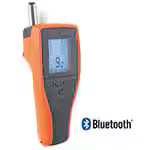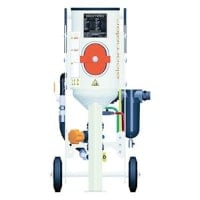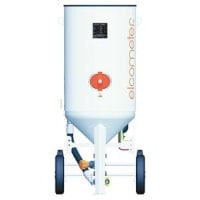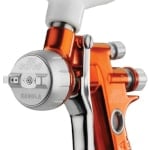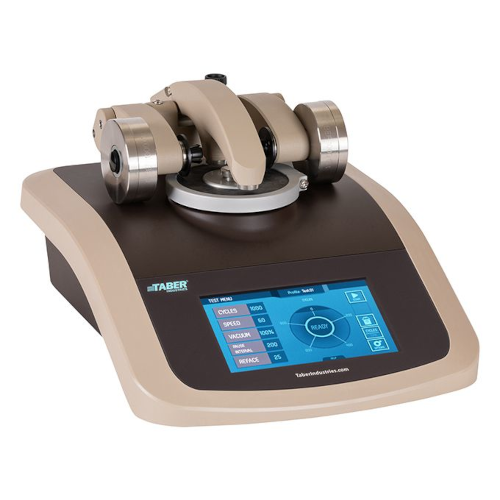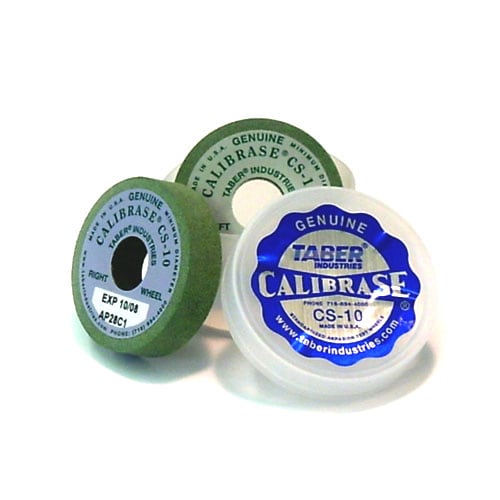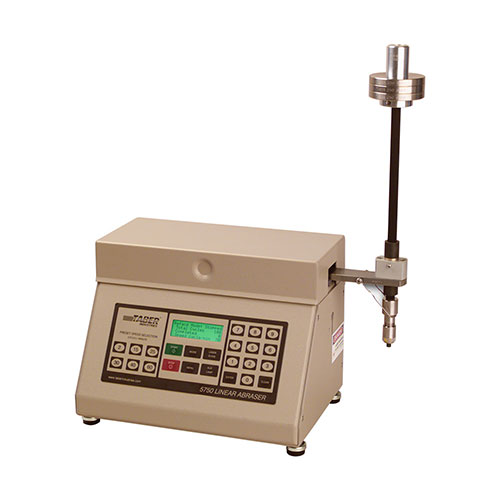|
|
|
Abrasion Testers
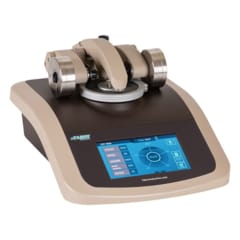 | Abrasion tests are used primarily in testing of ceramics, plastics, textiles, metals, leather, rubber and painted, lacquered and electroplated surfaces, accelerated wear test procedures have also been written into many test specifications including ASTM, ISO, TAPPI and DIN - as well as automotive manufacturing procedures around the world. Choose from a wide variety of abrading wheels and abraser accessories to simulate real-life wear conditions. |
Used primarily in the testing of ceramics, plastics, textiles, metals, leather, rubber and painted, lacquered and electroplated surfaces, accelerated wear test procedures have also been written into many test specifications including ASTM, ISO, TAPPI and DIN - as well as automotive manufacturing procedures around the world. The Taber® Rotary Abraser is an industry standard used in the wear and durability testing and is available with either a single test head or dual testing heads, which allows the user to test two different or identical materials simultaneously. Choose from a wide variety of abrading wheels and abraser accessories to simulate real-life wear conditions.
Features:
- Platform speeds 60 and 72rpm
- Balanced, calibrated arms and wheel mounts
- Vacuum system with precision height adjustment
- Sealed aluminium housing with membrane control panel and digital display
|
Our Taber brand abrasion wheels allow you to conduct thorough abrasion resistance tests to see what your material abrasion loss is. Select from a variety of abrasive actions such as fine course and mild.
|
Whatever your product, be it curved, round, big or small, our Linear Abrasers can test it all. They can be used as a scratch tool, using the scratch kit accessory. Abrasion media, length of stroke, load and speed of stroke can all be user defined to meet specific requirements. The Linear Abraser uses a range of Wearasers™. The size and shape of a pencil eraser, the Wearaser™ uses the same high quality Taber® abrasive media as used on the Taber® Rotary Abrasers, simulating real-life wear conditions.
|
|
|
|
|
|

